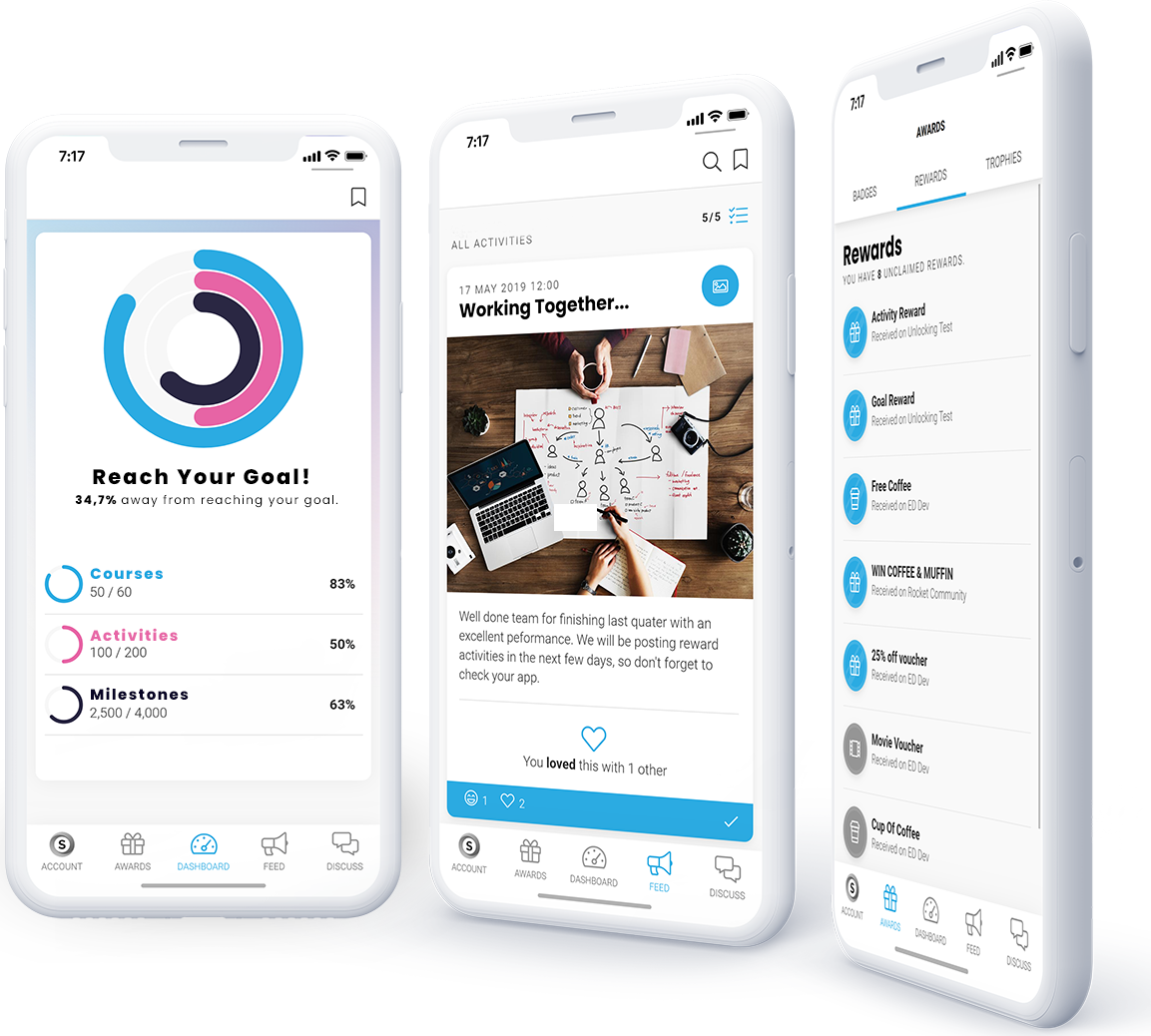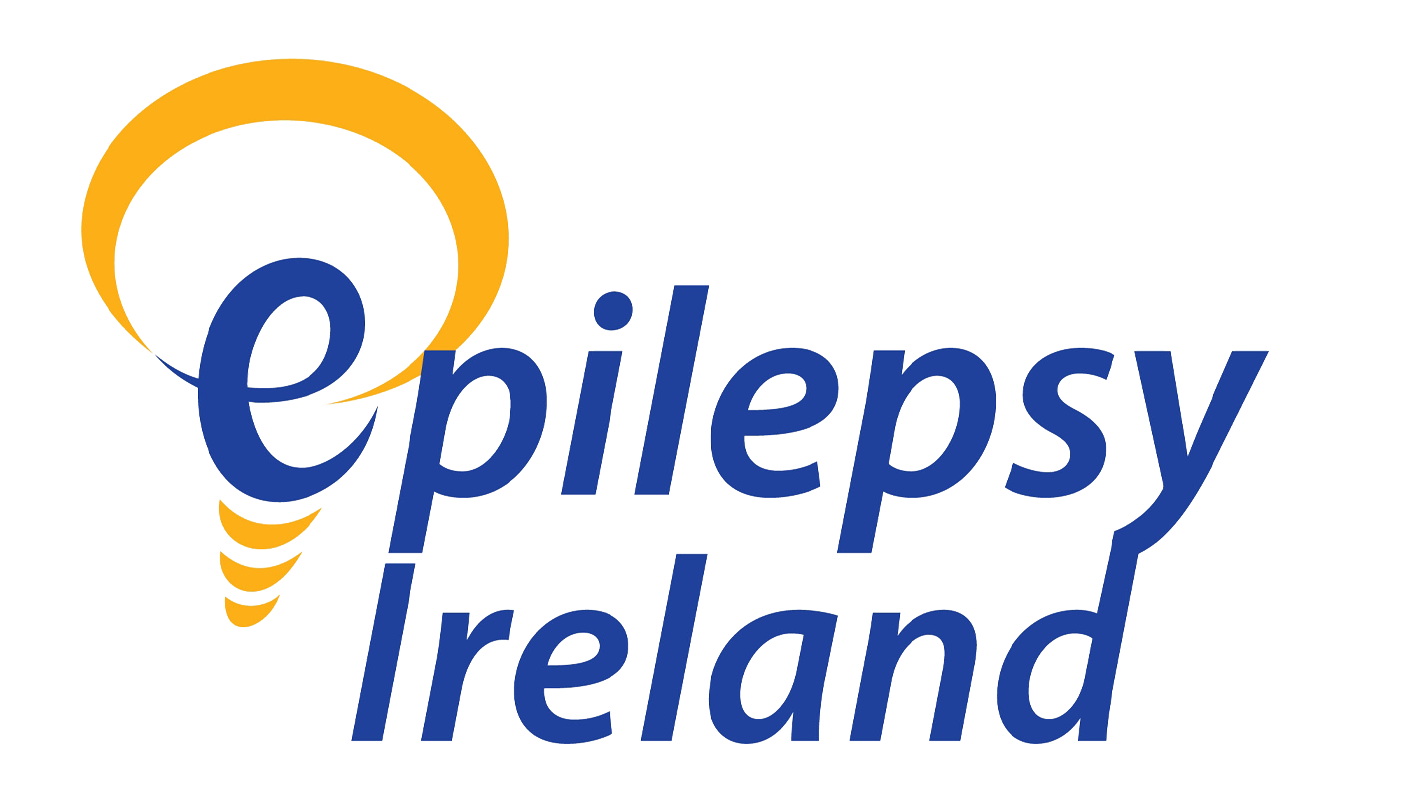
Most innovative platform
Most Innovative Experiential & Episodic Learning Platform Of 2021.
Read postWe provide scalable App Solutions that empower your employees and partners with essential tools to boost expertise, foster culture, build product knowledge, and ensure compliance.
We care about your data in our privacy policy.



















Features
Byekast is a white-label SaaS digital learning solution that offers competitive content authoring and distribution tools.
Subscribers get their own brand-aligned app that can be made available on the Apple App Store, OTA , Google Play and PWA for desktop.
Learn moreContent stories are published directly to your branded learning app. Author, Publish & Track on the same platform.
Learn moreEvolving UX mined wireframes that make authors look good while removing complexity and design choice fatigue.
Learn moreContent stories adapt to devices including mobile, tablet, phablet & desktop even when switching devices.
Learn moreLearning Stories can be downloaded and completed offline. Analytics are uploaded when a connection becomes available.
Learn moreManage your user audience. Create audience groups to manage exclusive access to content.

Content-Autoren können Inhalte in der Lern-App veröffentlichen, kuratieren und streamen. Podcast-Streams können ebenfalls über beliebte Plattformen wie iTunes, YouTube und Spotify veröffentlicht werden.
Use our Workflow tool to rapidly share ideas with your team and stakeholders, manage feedback, and track comments and changes.
Create a Story Review Group and invite SME stakeholders to comment and collaborate.
Ask users to upload evidence/proof of having attended the physical activities. Every thing happes via the App.
Deliver content in multiple languages to reach diverse audiences, enhance accessibility, and ensure a seamless learning experience for users across regions.
Filter by story, groups, country and location to dynamically shape your analytics and gain detailed insights.

FAQ
Everything you need to know about the product and billing.
Valid SCORM 1.2 or SCORM 2004 packages may be uploaded to / and exported from the platform. SCORM imports are validated against the standards as per scorm.com and SCORM Cloud. This means that SCORM files should run on and be tested on SCORM Cloud before being imported to the platform.
Yes, leaderboards are an option to identify top performers according to overall groups, cities and countries.
Definitely! To make use of the API you need to have an account on your preferred platform and need to have been given access to use API feature.
At ByteKast, we’re committed to ensuring that your training and development journey is as smooth and effective as possible. Our comprehensive support services are designed to assist you at every stage, from initial setup to ongoing optimization
40 days.
Apple iOS Devices. iOS 15 and above. Android 11 Red Velvet Cake and above. Latest versions of Chrome / Firefox / Edge / Safari.


"This app is honestly amazing 🤌🏻🤌🏻🤌🏻🤌🏻."
Starbucks Empoloyee
We are looking for people that share our vision. Are you adaptable, driven, and friendly?
Awards & Reviews
Don’t just take our word for it — see what experts have to say! From seamless onboarding to engaging learning experiences, our platform continues to receive rave reviews across the board.

Most Innovative Experiential & Episodic Learning Platform Of 2021.
Read postSimply place some time in our diary for us to connect. Whether it's a Demo or any issues you might be having, we are looking forward to a chat-up with you.
Error: Contact form not found.
We provide scalable App Solutions that empower your employees and partners with essential tools to boost expertise, foster company culture, build product knowledge, and ensure compliance.